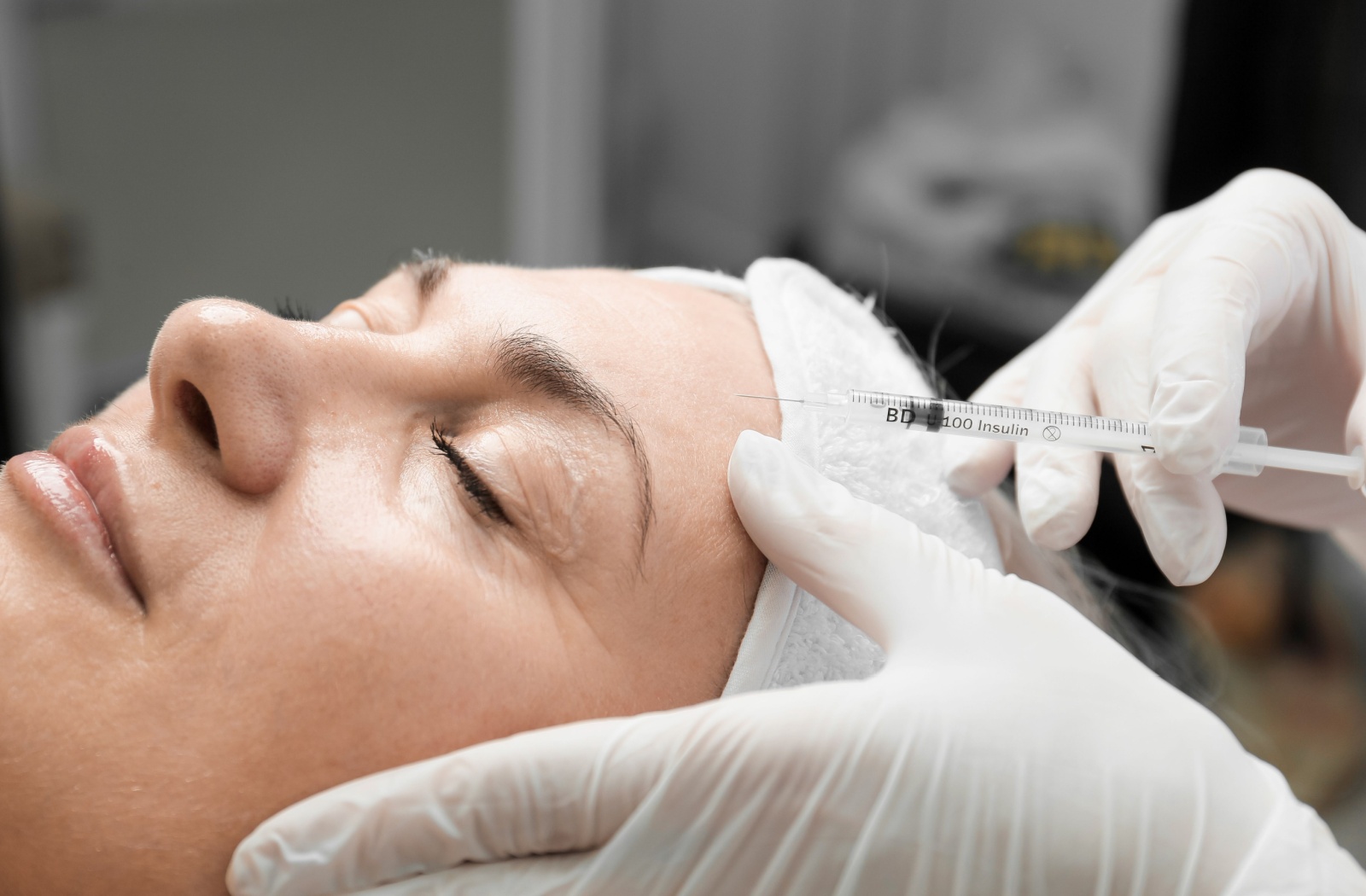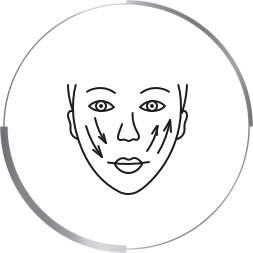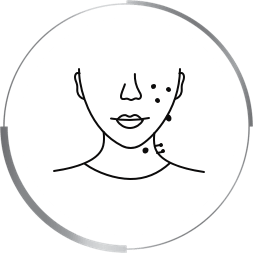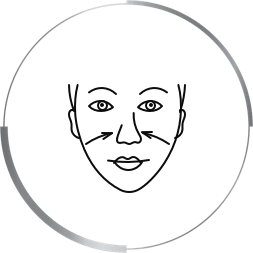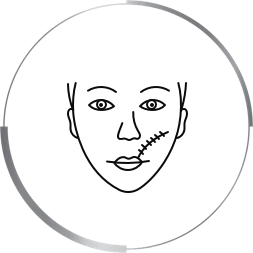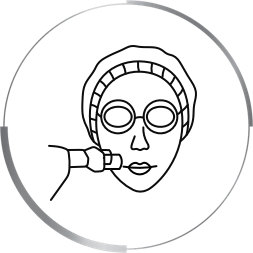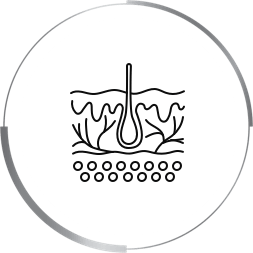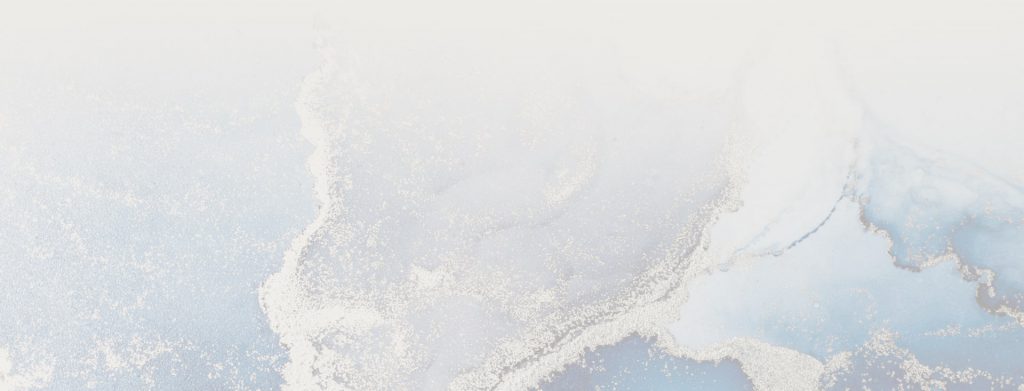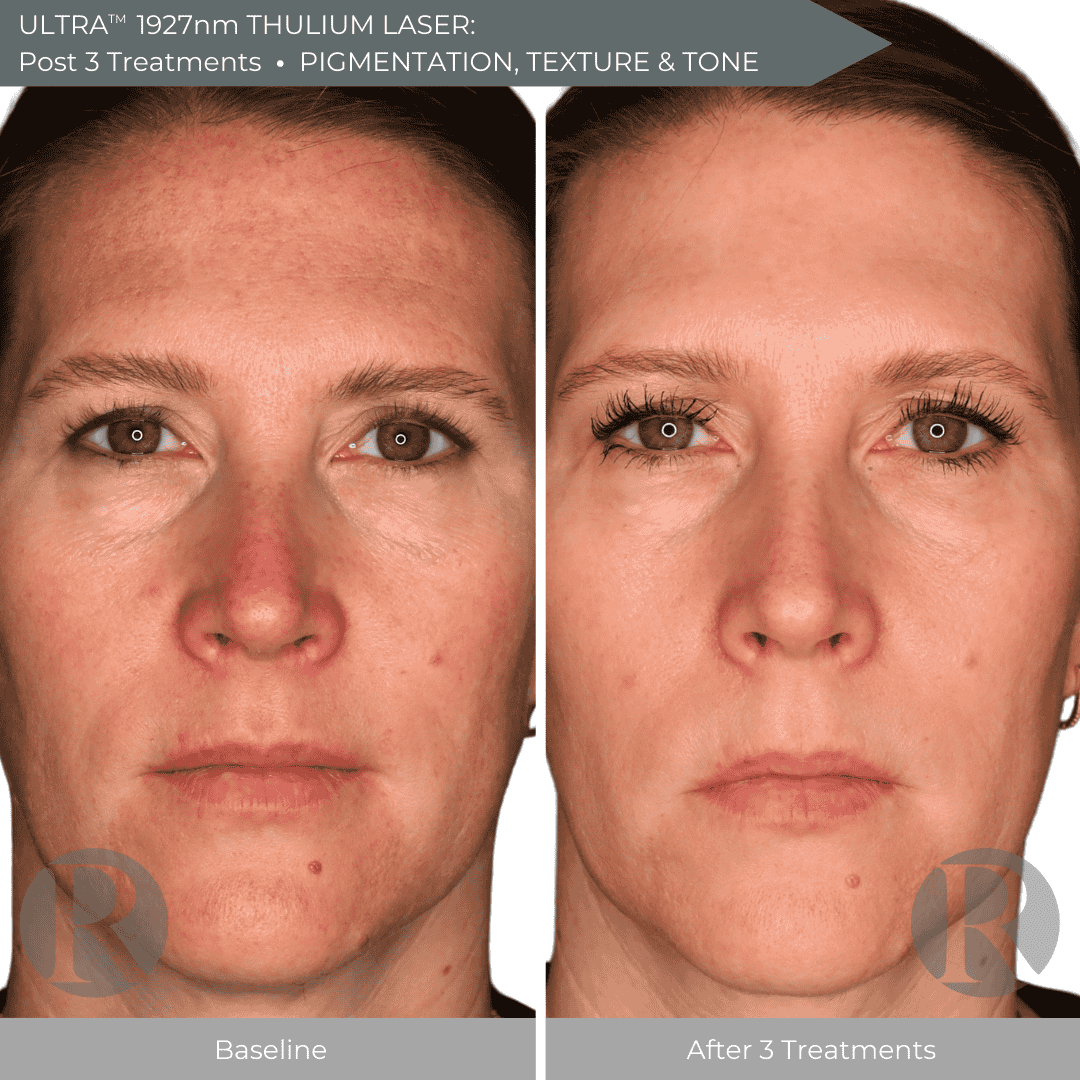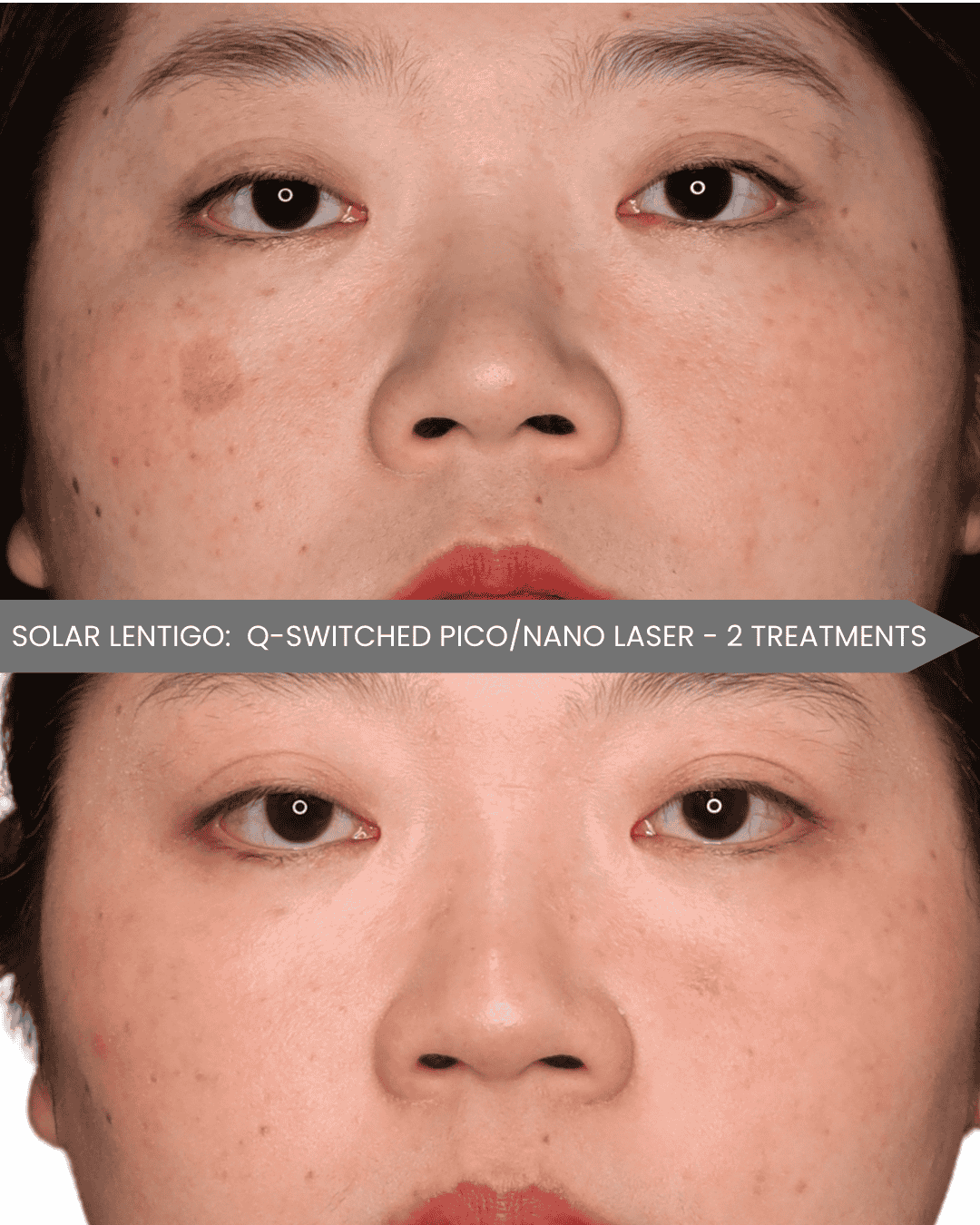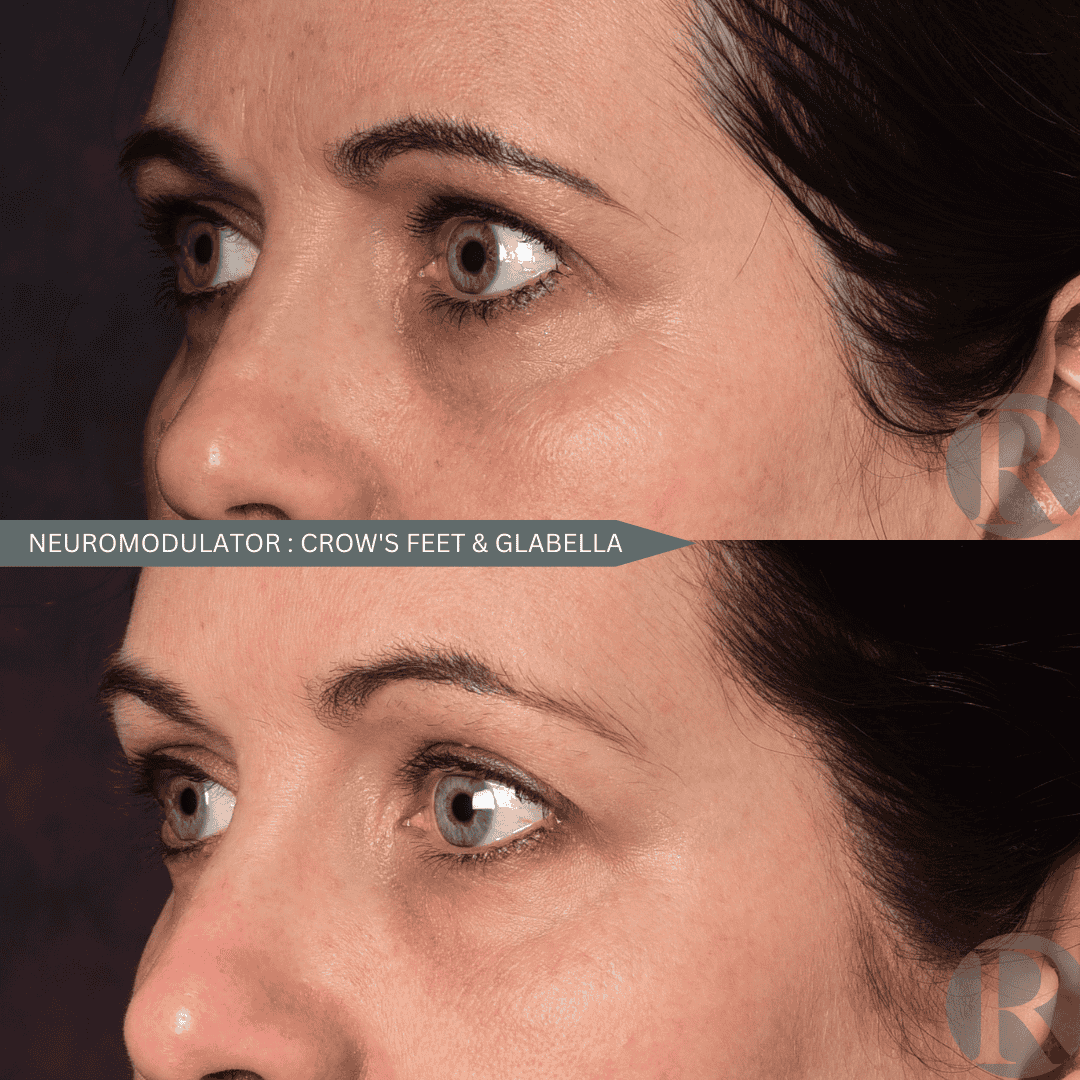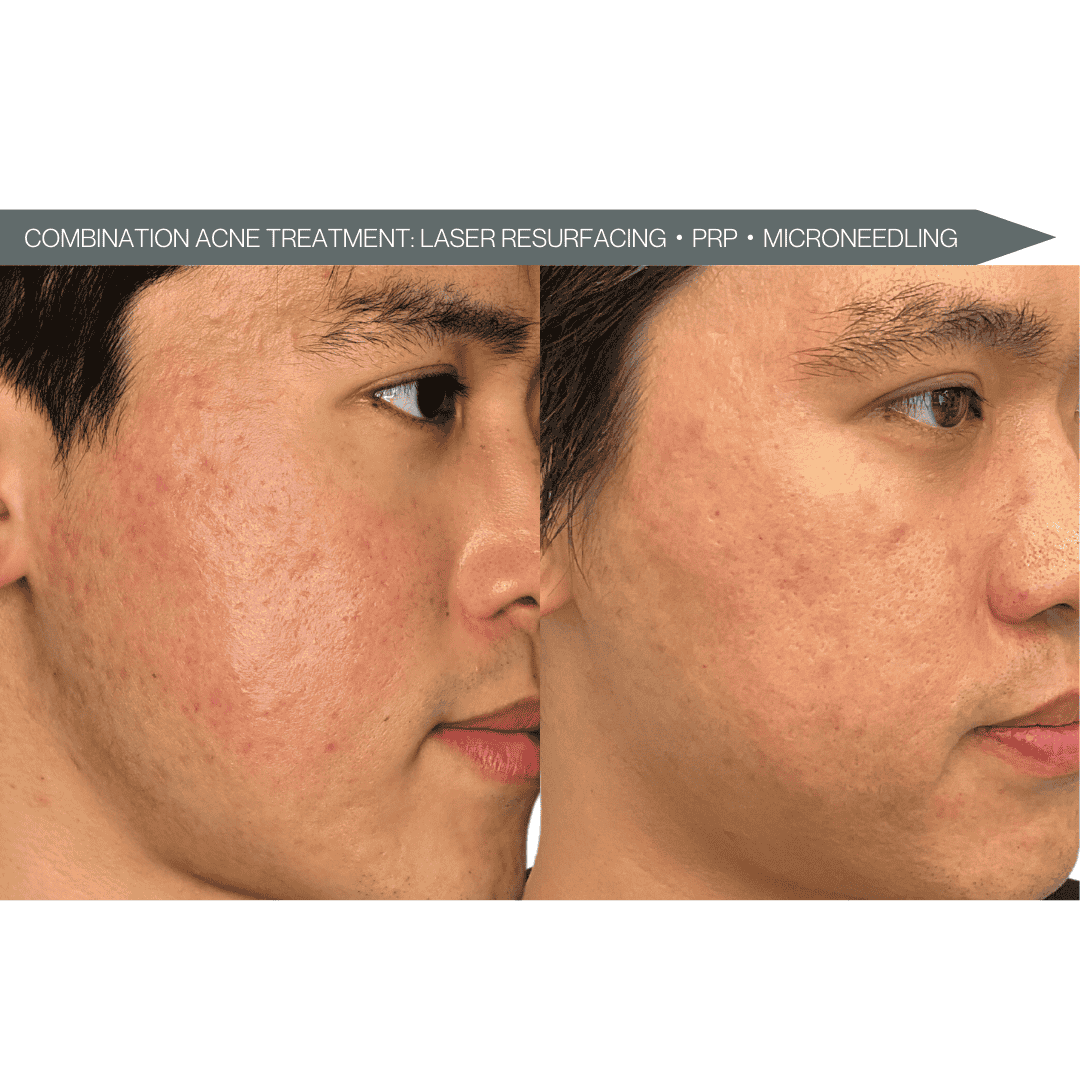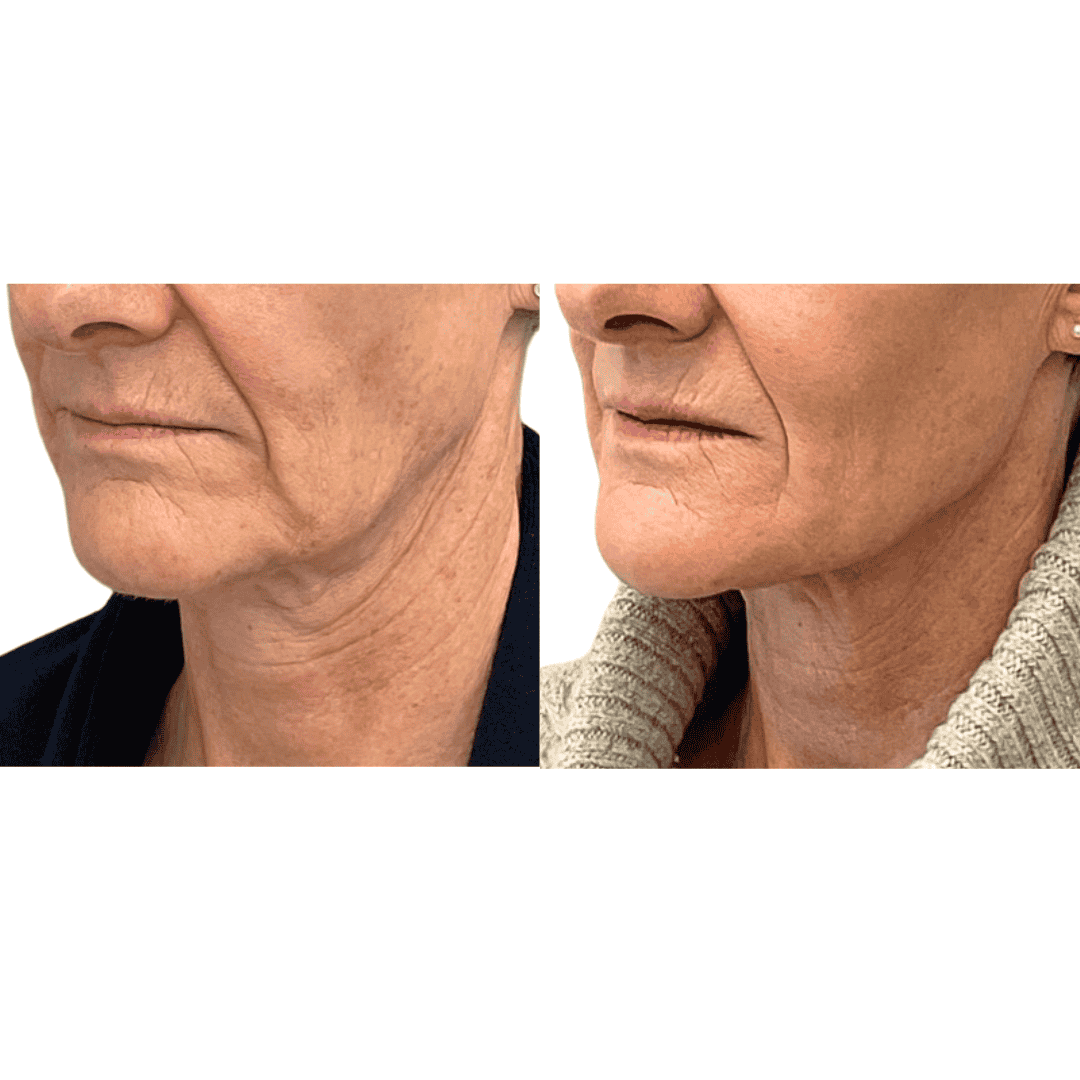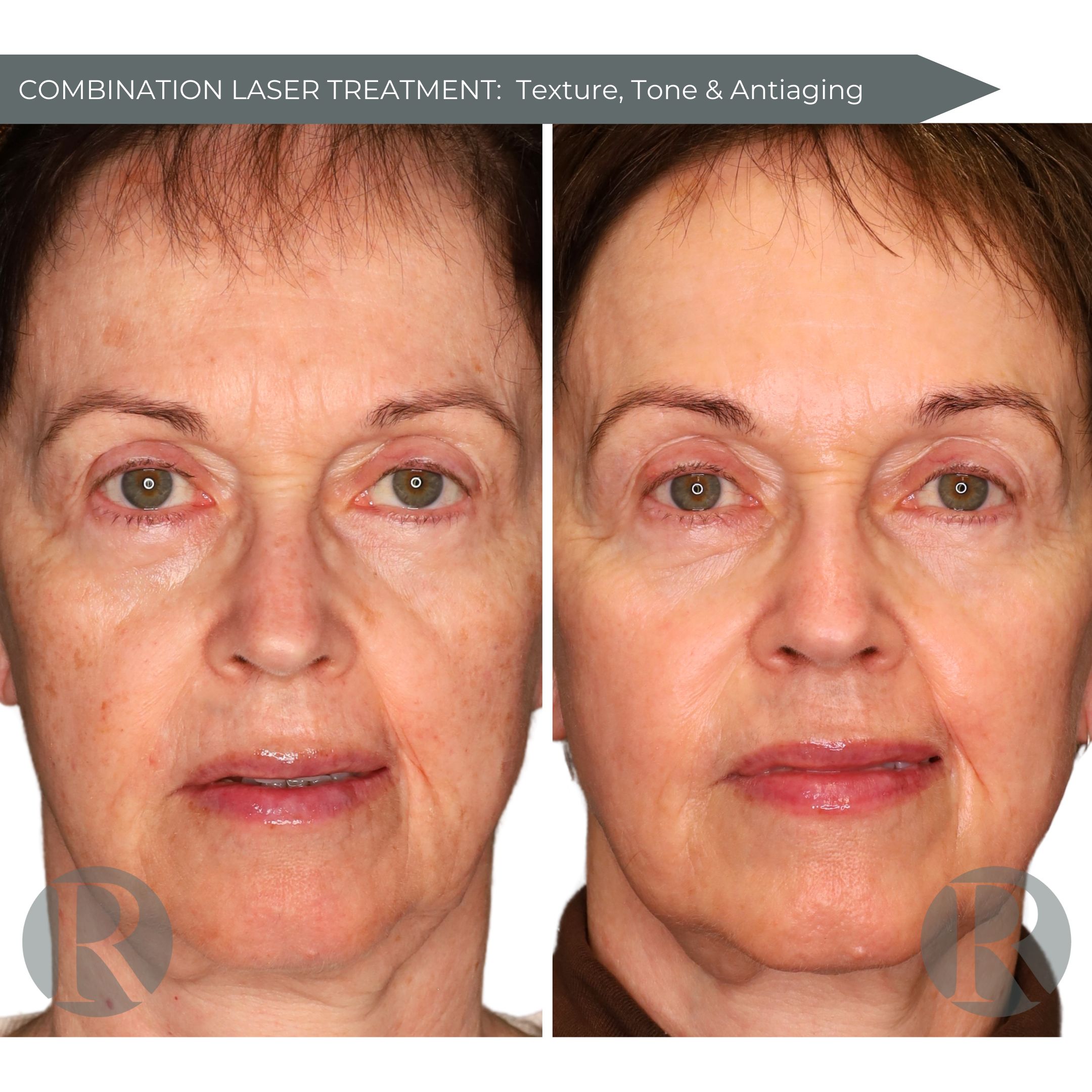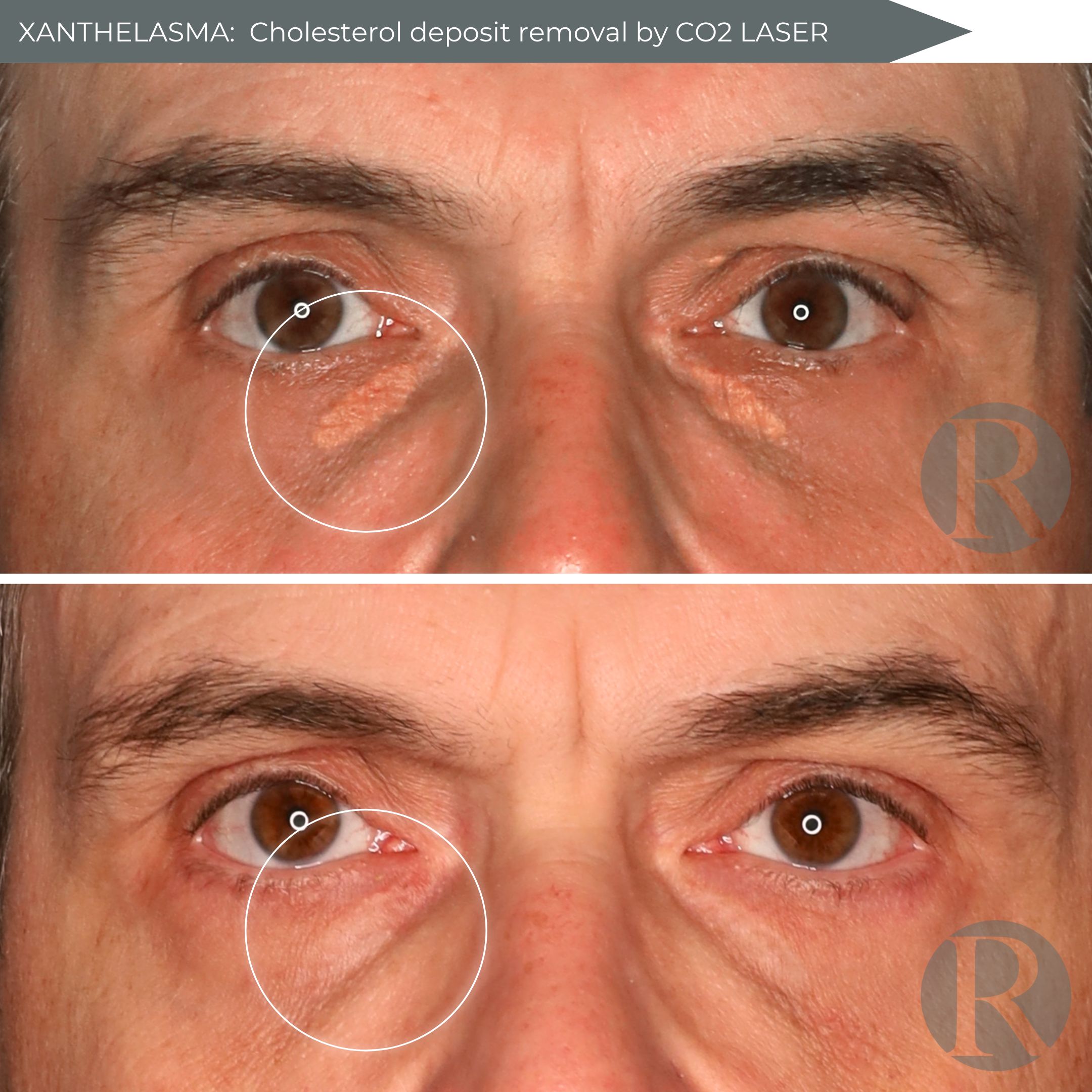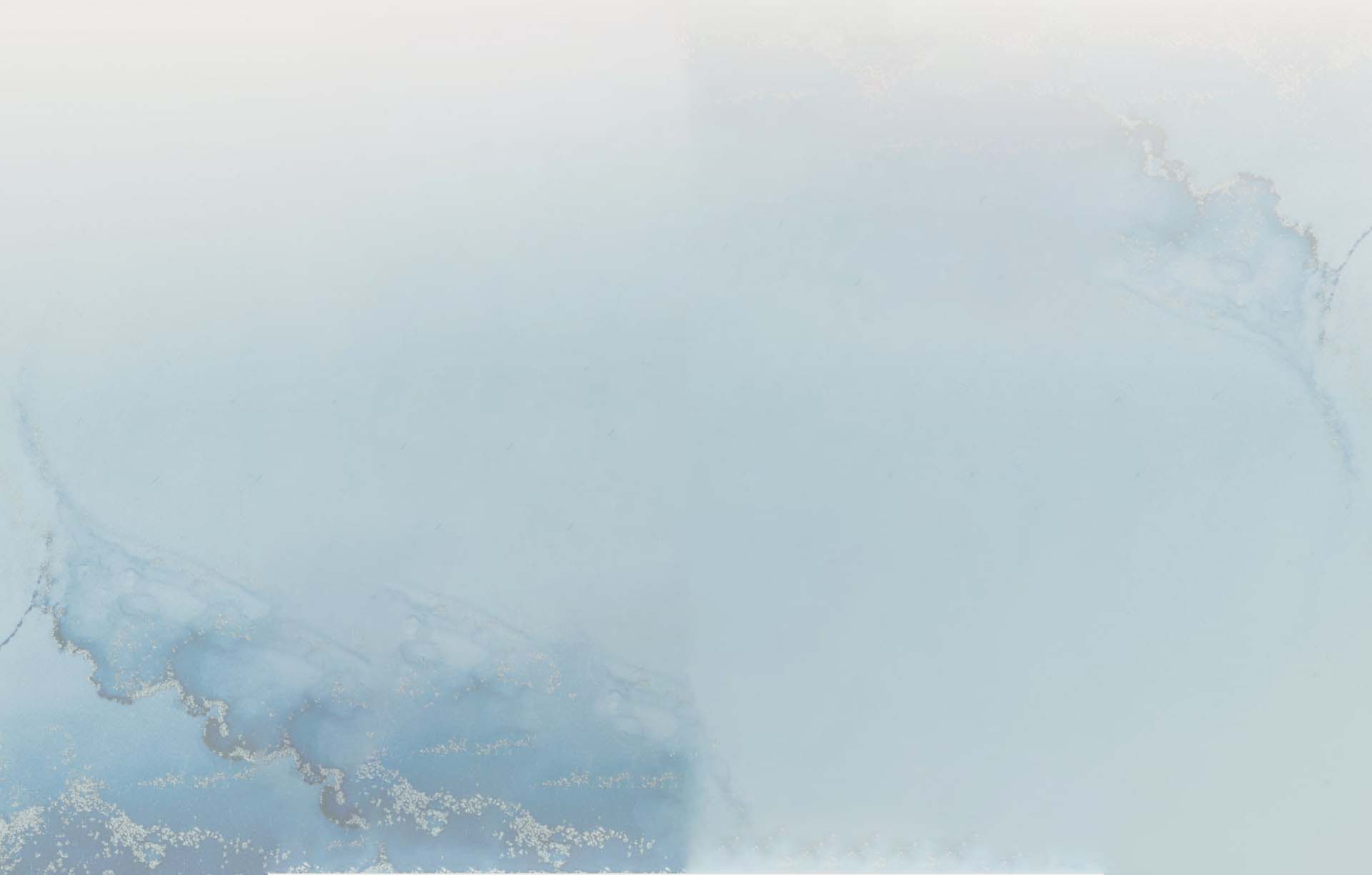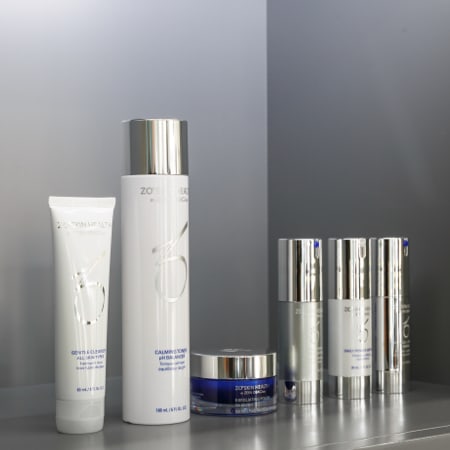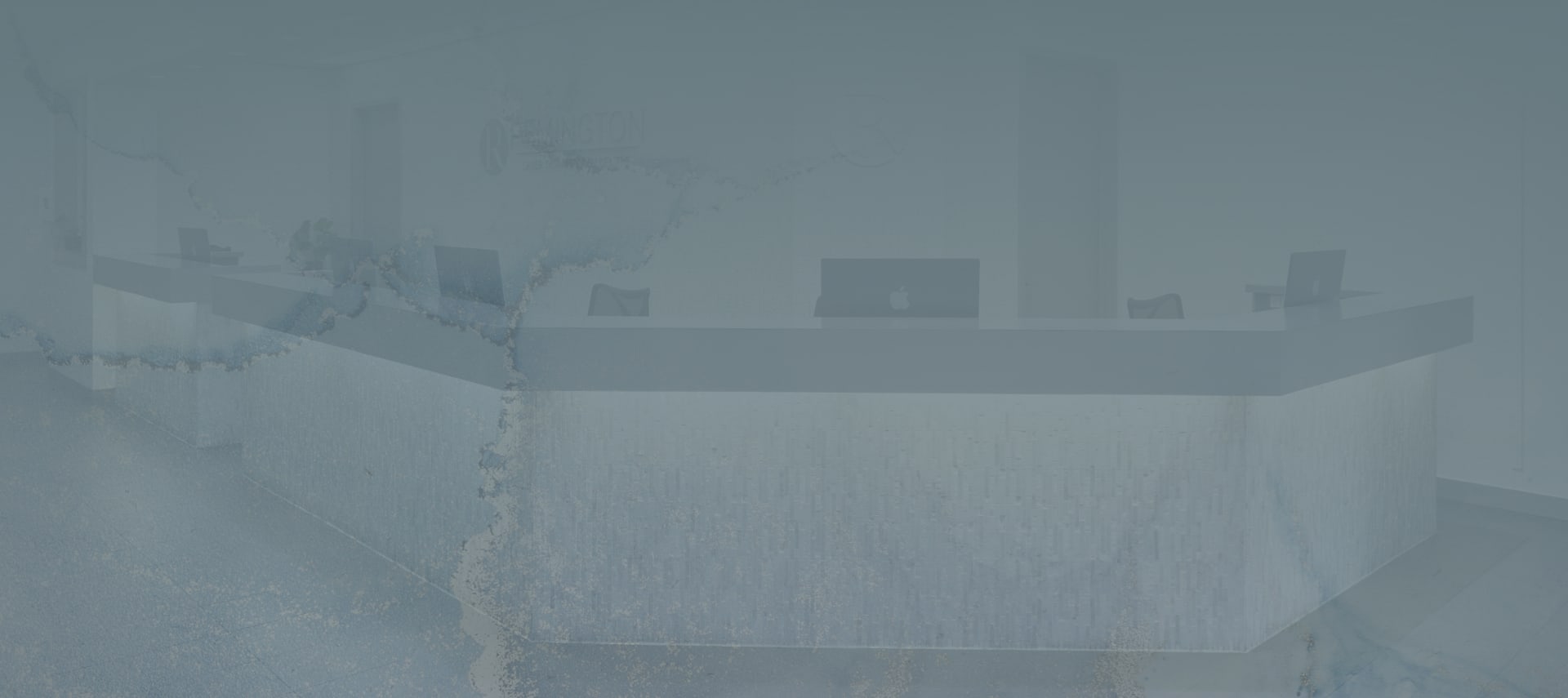Botox and Nuceiva are brand names of neuromodulators used to help diminish frown patterns around the eyes including the forehead, eyebrows, crows feet and bunny nose zones.
A typical dose is measured in units and on average, requires anywhere from 30 to 60 units every 3 to 4 months. Variances in dosage are based on muscles affected, the degree of animation, gender, history of prior treatment response and adverse event history.
When our brain sends repetitive messages to contract muscles in expression zones such as the forehead and eyebrows, it can lead to unwanted frown lines and wrinkling. Neuromodulators do not interfere with brain function but simply block acetylcholine, which reduces targeted muscle contractions and can lead to a more relaxed, youthful appearance.
What Is Botox & How Does It Work?
Botox is a neuromodulator that temporarily paralyzes muscles to smooth out wrinkles and lines. It’s especially popular for treating forehead wrinkles and frown lines. By blocking nerve signals in the muscles where it is injected, Botox can prevent the contraction of these muscles, leading to smoother skin in the treated area.
Common Concerns About Botox
- Safety: Botox is Health Canada-approved.
- Effectiveness: Botox is designed to help smooth out forehead wrinkles and frown lines when administered correctly.
- Duration: The effects of Botox can typically last between 3 to 6 months, requiring regular maintenance.
Determining the Right Number of Botox Units
Botox and other neuromodulators are measured in units, similar to insulin and other medications. These units are then mixed into a saline solution to be injected into the skin to target particular muscles.
The number of units used is determined by the level of wrinkle depth and your desired results. A consultation is crucial to determining the appropriate units for your specific needs.
For a typical forehead, an average of 10 units of Botox or Nuceiva are used, with around 15 to 20 units in the brow region. By treating the forehead, brows (including glabella), crow’s feet, and bunny nose, a more natural, less stressed appearance could be achieved.
In total, it is not uncommon to use 30 to 60 units to relax the muscle groups responsible for expression lines and wrinkles.
Standard Recommendations
- Mild wrinkles: 10–15 units
- Moderate wrinkles: 20–30 units
- Severe wrinkles: 40–60 units
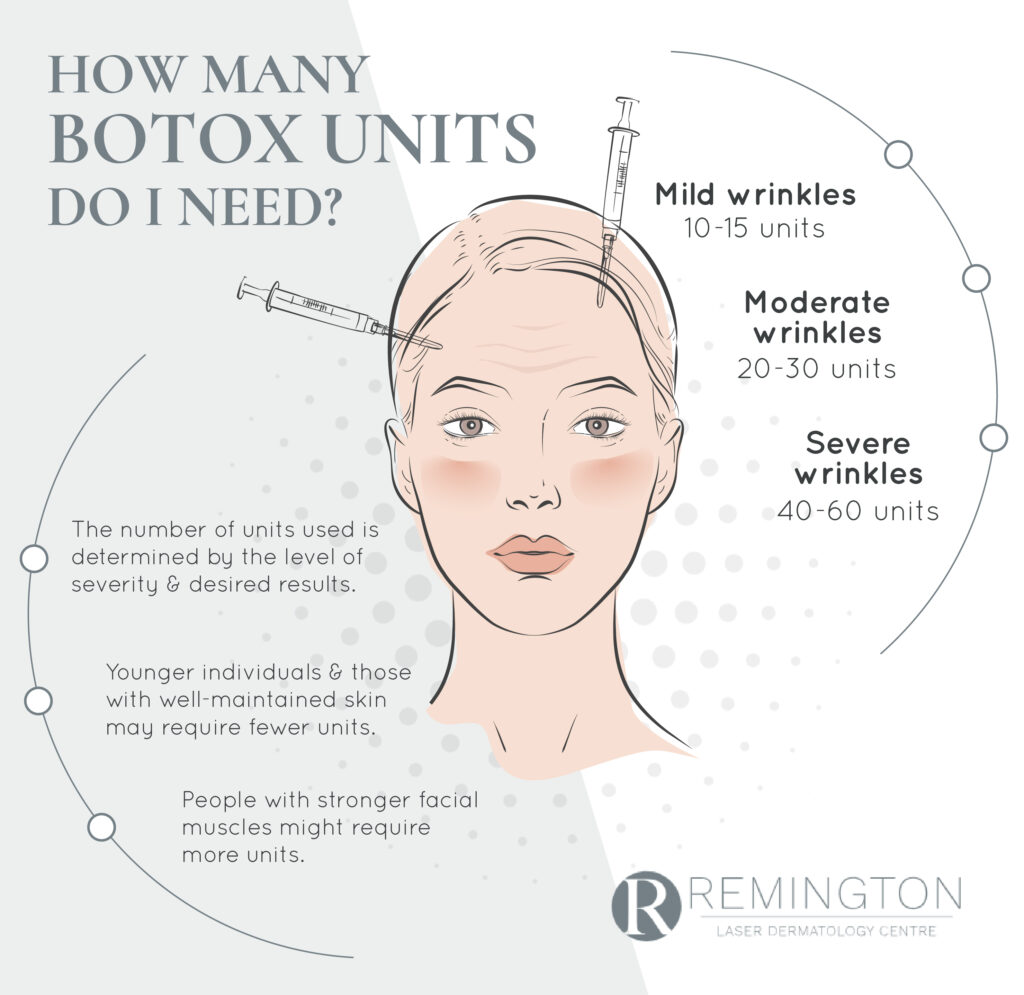
Factors Affecting Botox Units
Age & Skin Condition
The age and overall health of your skin can significantly impact the number of Botox units you will need. Younger individuals or those with well-maintained skin may require fewer units.
Severity of Forehead Wrinkles
Deep wrinkles may require more units to achieve the desired results, while light or moderate lines may need fewer units.
Personal Muscle Strength
Individuals with stronger facial muscles may need more Botox to achieve the same results as someone with weaker muscles.
What to Expect During & After the Procedure
During the procedure for the forehead, you can expect a relatively quick and minimally invasive experience. The treatment typically starts with thoroughly cleaning the forehead to remove any makeup, oil, or debris.

Next, we might apply a topical anesthetic to minimize discomfort, although this step is often unnecessary since the procedure is generally well-tolerated. We will then use a fine needle to inject small amounts of Botox into specific points on your forehead.
Each injection may cause a slight pinching sensation, but it is usually brief. The process generally takes 10 to 15 minutes, and you can resume most of your regular activities immediately afterward.
How Long Does Botox Take to Work?
Neuromodulators generally take 4 to 10 days to work, with some taking up to 14 days to reach full results. Various brands of neuromodulators, including Botox and Nuceiva, can have slight differences in onset and longevity, depending on your body and tolerance.
Since this treatment is not permanent, regular maintenance is usually needed every 4 to 6 months.
Pre-treatment Considerations & Aftercare
Pre-treatment:
- Drink plenty of water.
- 1–2 days before treatment, avoid alcohol, caffeine, and smoking.
- Avoid anti-inflammatory medications (Aspirin and Ibuprofen) and vitamins such as fish oil and Vitamin E a week before treatment.
Aftercare:
- Avoid lying down or bending over for 4 hours post-treatment.
- Refrain from strenuous exercise for at least a day.
- Avoid touching or massaging the treated area for at least 24 hours.
Book a Consultation to Learn More
Understanding the right number of Botox units for forehead wrinkles is crucial for achieving the best results. A professional consultation is essential to tailor the treatment to your specific needs.
At Remington Laser Dermatology Centre, our doctors are here to guide you through every step of the process. Request a consultation at Remington Laser today for advice tailored to your individual needs and goals.

